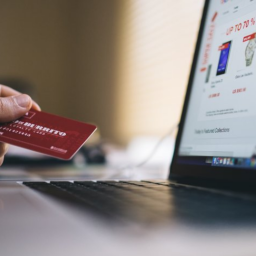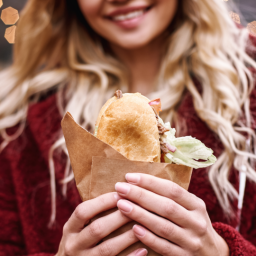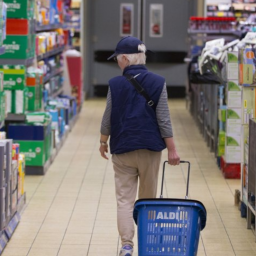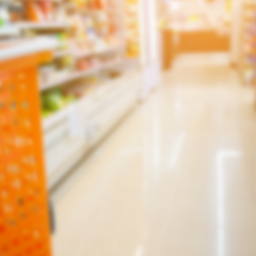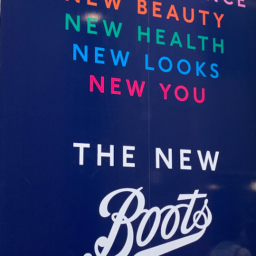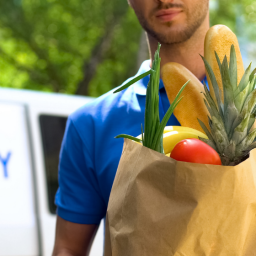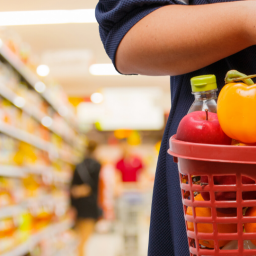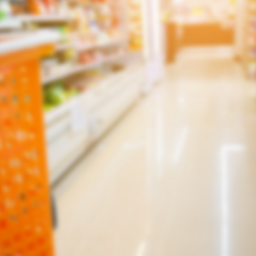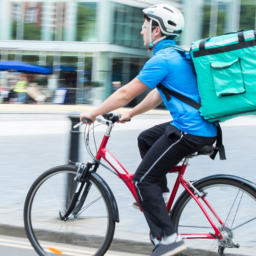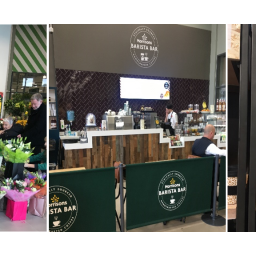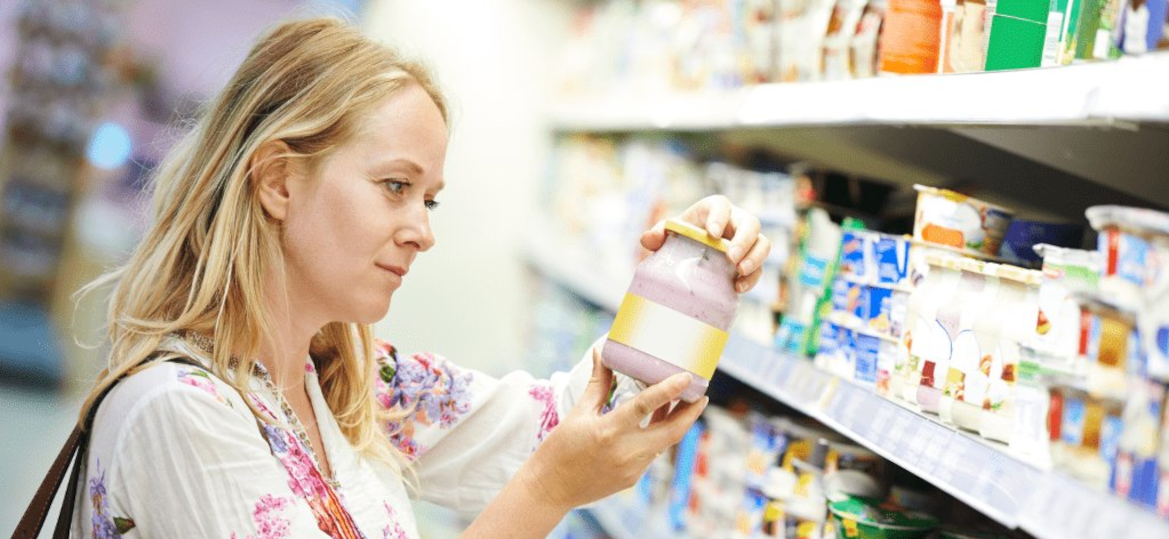
Marketplace competition is increasing, while external factors including legislation are putting pressure on retailer bottom lines. At the same time, shoppers are more demanding in terms of both their shopping experience and value for money expectations.
When it comes to convenience, the mix of challenges and opportunities are what makes it such a vibrant and dynamic channel to work in for both retailer and suppliers and it’s what makes our work at Lumina INtelligence so exciting.
However, have we reached a point of peak convenience? Our latest convenience tracking programme research (CTP 2017) was released on Monday and for the first time we have seen a significant drop in key performance measures – basket size, shop spend and visit frequency.
Clearly it’s been a tumultuous 12 months with many wider macroeconomic factors impacting the channel, but our research aims to take a deeper dive into the mind-set of the convenience shopper and its retailers to understand what is driving this behaviour and to ascertain whether this is an isolated case of a potential trend that will continue.
At Lumina Intelligence we believe in putting shoppers at the heart of everything we do. We also understand the important role that retailers play in delivering on the expectation of the shopper. Today’s shopper is ever evolving and ever demanding and with this comes added pressures for retailers and brands to provide solutions and services that meet this growing demand, whilst at the same time there is increasing pressure on the bottom line from legislation, competition and other market forces.
Does something have to give, or can we find the right balance that enables us to run our business efficiently without taking our eyes off what the shopper wants? The shopper isn’t always right but ignore them at your peril.
Societal change is having a massive impact on consumption and shopping behaviours
In Lumina Intelligence’s Future of Convenience report, we identified long-term future trends based on changing preferences and priorities. These trends are occurring because of the changes society is experiencing and as a result, we consider them vitally important for the sector.
We have personified these trends with Lumina Intelligence’s new shopper profiles. These are the six key shopper profiles, which we believe are going to have the biggest impact on the convenience channel over the next few years.
We can no longer rely on using just demographics to analyse our shopper base because our attitudes, priorities and preferences govern much more of our consumption patterns and shopping behaviours. These shopper profiles represent important target shoppers for the convenience channel with many retailers.
Many will over or under-indexing in these shoppers and it’s important to understand the mix at play and where the opportunities and threats lie, moreover with the help of brands to understand what it is that makes these shoppers tick and how therefore to deliver solutions that meet their needs.
We predict that with the shifting age profiles, increasingly irregular work hours and a rise in social and economic awareness that these shoppers will become crucial to the future success and prosperity of the convenience channel.
Focussing on providing solutions rather than simply products is the secret to tapping into the inherent needs of these shoppers and is a key point of difference for a convenience store due to their relevant small size but excellent locations meaning that the potential is there to interrupt and inspire shoppers across all day parts.
Location, location, location – or is it Region, Format and Size?
Competition is rife and saturation point is being reached in terms of good, traditional retail locations, particularly sites that are large enough to attract the managed convenience chains. As a result, we are seeing retailers becoming creative with their plans and opening c-stores in less traditional settings such as community living spaces, such as the Simply Fresh store in the Collective in West London, the Spar store in Nottingham University and the Co-op in the Microsoft HQ in Reading.
These retailers understand the need to diversify their estate and are tapping into the demand for convenience solutions, such as food to go and meals for tonight, in these stores.
Just like understanding our modern shopper base allows us to be more strategic, the same applies to the convenience landscape. No longer is a one-size fits all approach good enough. In order to maximise small store space effectively and grow the channel category by category, we need to understand fundamental differences in-store characteristics in order to maximise sales. Indeed, multiple factors defining store type need to be considered to get it right for the shopper.
These will range from store size, location, customer catchment, store fascia, nearby competition, region and in-store features. Many brands and retailers would be looking at regions and trying to decide upon whether a regional strategy is in equal parts, financially viable and economically astute. I would argue that the economics will depend on much more than a simple regional variance and must fundamentally include a mixture of store characteristics to really prove of any worth.
Whilst it’s true that shopper behaviour varies by region, it’s too broad a brush and brands and retailers must consider (or at the very least be aware) of the minutiae of the impact of other factors on shopper behaviour.
Furthermore, certain ‘perceived’ barriers to delivering on shopper missions can be overcome. For example, our latest insight shows that there is an opportunity exists to grow meal occasion in urban small stores, notably meal for tonight. Our research shows that stores in urban areas can attract as much as 13% of shoppers on a meal for tonight mission; it also suggests that the urban location rather than the store size is a driving factor in influencing this mission.
However, stores under 1,000 sq.ft are currently only attracting half the number of meal for tonight shoppers. Is this because they believe that they cannot deliver on this mission in a small space? The shopper need should be the driving factor rather than store size.
Brands and retailers must work together to offer solutions that are fit for purpose for small stores, as there is an opportunity for 100% growth in the valuable meal for tonight mission in these stores for those who can get it right.
Maximising the in-store experience can bring great rewards
We know shoppers are harder to please than they were even just 3 years ago and so retailers and brands face a battle. A good in-store experience will demand investment, and with the immense pressures retailers are facing this can be difficult to justify.
However, getting the basics right can mean huge benefits for both retailers and suppliers. Traditionally, expectation for the in-store experience revolved around staff – namely friendliness and helpfulness, driven by the local nature of convenience stores. The modern shopper’s expectation of what an enjoyable in-store experience has been buoyed by their experience in other channels and by the proliferation of the supermarket convenience formats and thus this is something the rest of the industry must address.
As shoppers demand more and more from their convenience stores, retailers are finding that they need to offer better in store experiences to better compete and satisfy their shopper base. Lumina Intelligence have identified five factors that shoppers want fulfilled when they visit convenience stores. These are ease of shop, staff friendliness and helpfulness, speed of service, clear signage and cleanliness of store. All these factors also rank high in what are most important to shoppers today in terms of what influences their choice of convenience store. For the first time, ease of shop is the number one importance for shoppers.
Clearly, there is a role for both the retailer and brands in creating an environment that is both easy to shop but also inspiring and engaging in order to drive incremental purchases and repeat visits. A good in-store experience is undoubtedly value driving.
The more satisfied shoppers are with an in-store experience the higher their visit frequencies to that store. Positive effects are also seen on basket size, spend and they are more likely to recommend the store to a friend. It is therefore essential to satisfy shoppers across these less tangible factors.
Modifying the store environment can enhance the shoppers experience, we asked shoppers what they believe would make a difference to their in-store experience.
Outside of staff friendliness and helpfulness, it’s interesting that more than two-thirds of shoppers would like store staff to be more knowledgeable about specific products and would also like to be offered more advice in store.
This demand certainly evokes a key trend we see in the rise in specialist shops on the high street, the return in demand for local butchers, bakers, greengrocers and the desire for craft beer and more artisan produce. Shoppers are looking for authenticity and expertise.
They want to open a conversation with brands and retailers as to the provenance of the products, tasting notes, recommended recipes etc. This open communication and honesty is core in creating the relationship that ultimately builds loyalty to brands and stores alike.
Delivering effective display in convenience can deliver exceptional in-store experience
When it comes to maximising upselling opportunities, a relevant range needs to be based on shopper missions. Shoppers should be exposed to inspirational POP and promotional mechanics that encourage
purchases outside their standard patterns. Crashing the autopilot is the akin to killing the golden goose when it comes to winning in the convenience channel.
Effective in-store communication, secondary locations and themed displays are great at driving engagement. However, shoppers behave differently in the convenience channel (vs. other grocery) and spend much less time in store therefore; it can be difficult to understand what POS is most effective at driving engagement and purchase conversions.
Retailers and brands should look towards displays that reflect the missions their shoppers are on. So what does ‘effective communication’ in a convenience store look like? A relatively simple question that requires a complex solution to answer.
At Lumina Intelligence, we have teamed up with POPAI for a ground-breaking piece of research that aims to do just that. Through using the latest vision tracking technology, alongside detailed store mapping and robust shopper interviews in the moment-of-truth, we will provide – for the first time – the definitive guide to delivering effective in-store communications in convenience. Expect to hear more from us on this exciting new product in the near future.



